Growth of Food Delivery Services
The expansion of food delivery services has significantly influenced the Hinged Food Container Market. With the rise of online food ordering platforms, restaurants and food providers are seeking efficient packaging solutions that ensure food quality during transit. Market analysis suggests that the food delivery sector is projected to grow by over 10% in the coming years, necessitating the use of reliable hinged food containers. These containers not only facilitate safe transportation but also enhance the overall customer experience by preserving food integrity. Thus, the growth of food delivery services serves as a crucial driver for the Hinged Food Container Market.
Rising Demand for Ready-to-Eat Meals
The increasing consumer preference for ready-to-eat meals is a notable driver in the Hinged Food Container Market. As lifestyles become busier, more individuals opt for convenient meal solutions that require minimal preparation. This trend is reflected in market data, indicating a steady growth rate of approximately 5% annually in the ready-to-eat segment. Consequently, food manufacturers are increasingly utilizing hinged food containers to enhance product appeal and maintain freshness. The ability of these containers to provide secure sealing and easy access aligns well with consumer expectations, thereby driving demand in the Hinged Food Container Market.
Technological Innovations in Packaging
Technological advancements are playing a crucial role in the evolution of the Hinged Food Container Market. Innovations such as smart packaging, which incorporates sensors to monitor freshness, are gaining traction among consumers and manufacturers alike. These technologies not only enhance the functionality of hinged food containers but also provide added value through improved food safety and quality assurance. Market Research Future indicates that the adoption of such technologies could lead to a 20% increase in market share for innovative packaging solutions. Therefore, the integration of technology into the Hinged Food Container Market is a significant driver, shaping future trends and consumer preferences.
Sustainability Initiatives in Packaging
The growing emphasis on sustainability is reshaping the Hinged Food Container Market. Consumers are increasingly aware of environmental issues and are favoring products that utilize eco-friendly materials. This shift is prompting manufacturers to explore biodegradable and recyclable options for hinged food containers. Market data indicates that the demand for sustainable packaging solutions is expected to rise by 15% over the next few years. As companies strive to align with consumer values, the integration of sustainable practices into the Hinged Food Container Market is likely to become a key driver, influencing purchasing decisions and brand loyalty.
Increased Focus on Food Safety Regulations
Stringent food safety regulations are becoming increasingly prevalent, thereby impacting the Hinged Food Container Market. Regulatory bodies are enforcing guidelines that require food packaging to meet specific safety standards, which has led to a heightened demand for compliant packaging solutions. The Hinged Food Container Market is responding to this need by innovating materials and designs that adhere to safety regulations. This trend is expected to drive market growth, as manufacturers invest in developing containers that not only meet regulatory requirements but also enhance consumer trust in food safety. As a result, the focus on food safety is a pivotal driver in the Hinged Food Container Market.


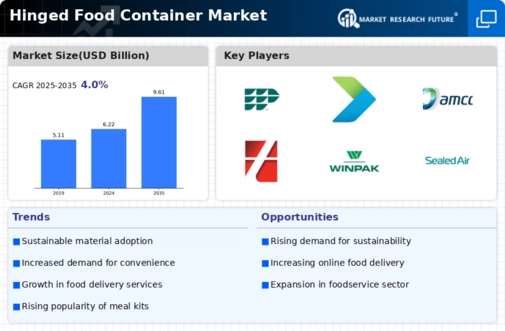
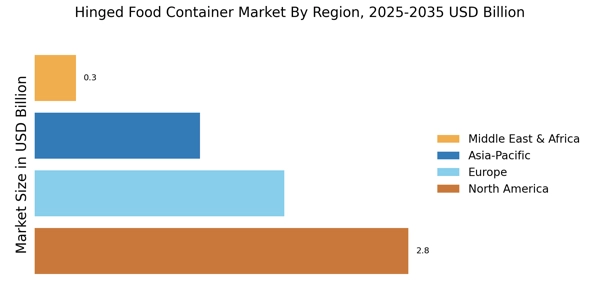

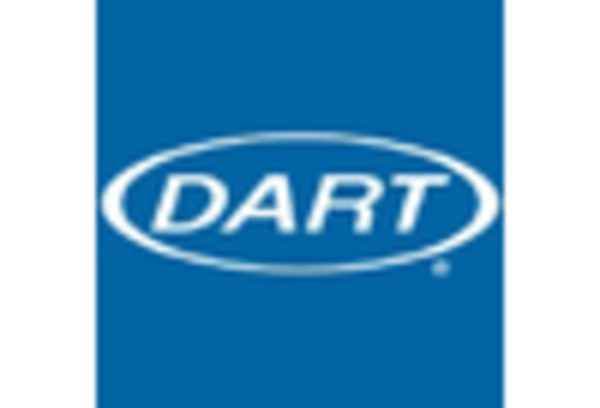
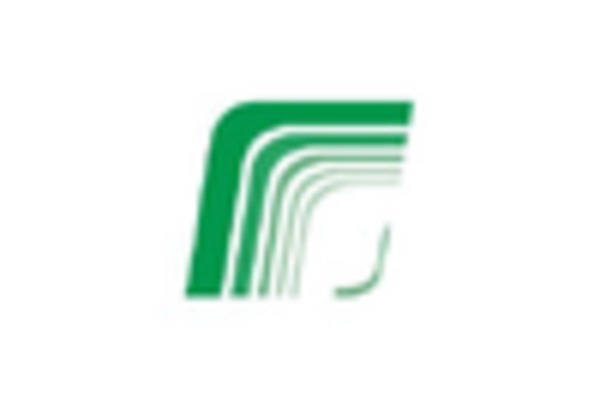

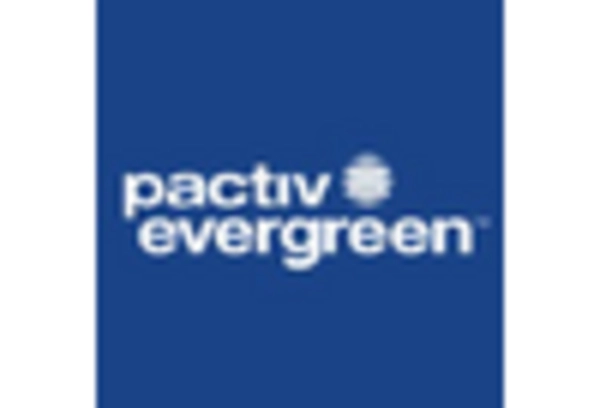
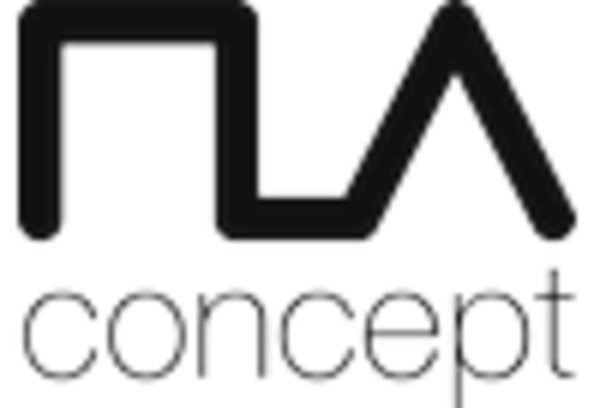








Leave a Comment